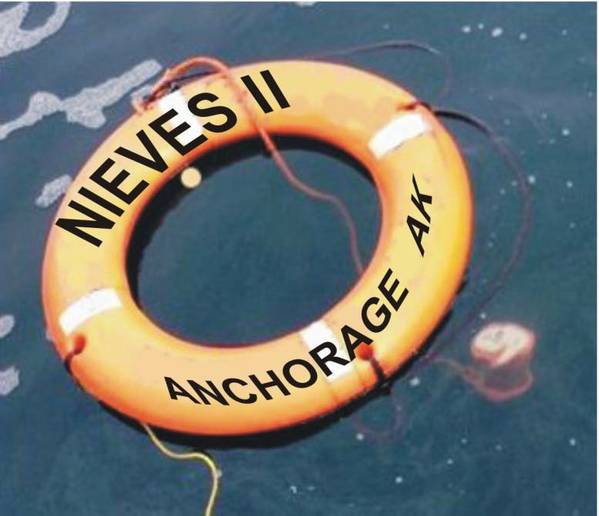
The U.S. Coast Guard (USCG) sent out a notice for vessel owners, operators and all mariners emphasizing the use of only proper replacement parts for emergency equipment, reminding seafarers that the use of inappropriate replacement parts on emergency equipment can be fatal.
“Imagine being in an emergency situation in the water clinging for your life to a ring buoy while rescuers pass you by unnoticed because the electric water light attached to the ring buoy had sunk,” the USCG said, stressing the importance of proper replacement parts. “Hopefully, that scenario will never occur.”
USCG said that while conducting an annual inspection a Coast Guard inspector picked up a ring buoy's water light and noticed that it felt heavier than usual. The master of the vessel was notified and he then agreed to perform a float test. When the ring buoy and its water light were tossed into the water, the water light instantly sank about 5' to the end of its painter. Apparently, the last time the battery was replaced, a heavier battery than the manufacturer's recommended battery was used. This occurred despite the water light's labeled instructions regarding the correct battery type.
This sort of water light when immersed automatically rights itself and activates a flashing/strobing light that is capable of operating for up to 60 hours using a 6-volt lantern battery. Water lights by design need to float upright for maximum visibility. The 6-volt lantern battery provides the ballast for these lights. Most off the shelf lantern sized batteries will likely be the exact same size but they may have varying weights. It is imperative that only the manufacturer's recommended batteries are used. If not heavy enough the water light may float on its side, if too heavy it will sink. If there are any doubts as to the weight of the battery impacting the buoyancy of the water light, test it by placing it in water. These devices are approved under 46 CFR 161.010 and any deviation from the parts approved for that equipment could negate its effectiveness and approval.
The USCG reminds vessel owners, operators and others performing inspections on emergency equipment to be aware of this concern. Always follow specific manufacturer recommendations when replacing batteries or other components of safety equipment. When possible maintain awareness to counterfeit replacement components and safety equipment at large. We've previously reported on the hazards of counterfeit safety products such as emergency escape breathing devices or hand portable fire extinguishers.
uscg.mil



